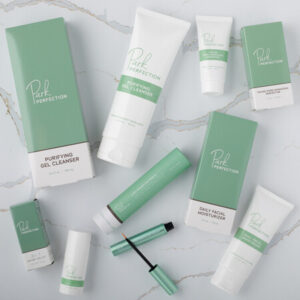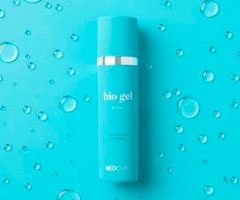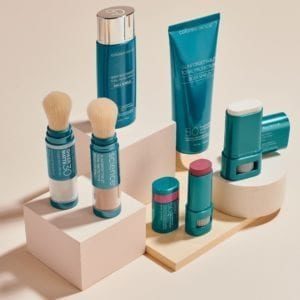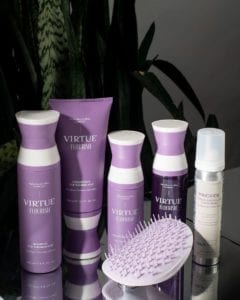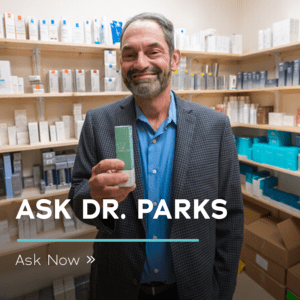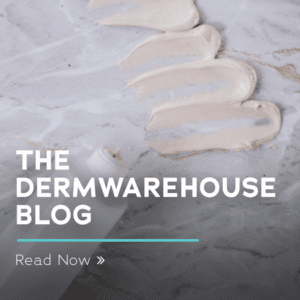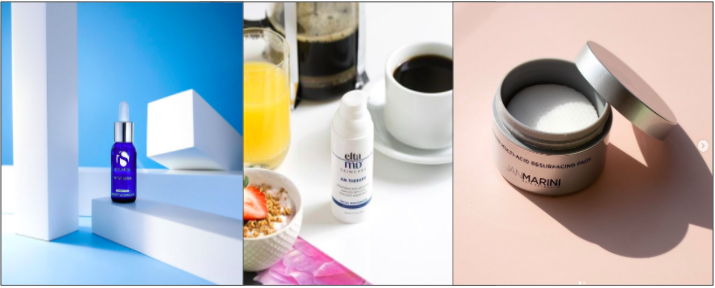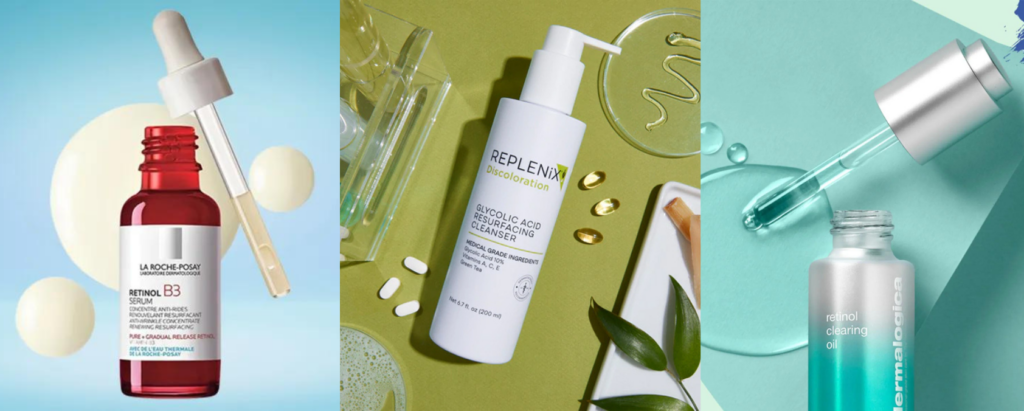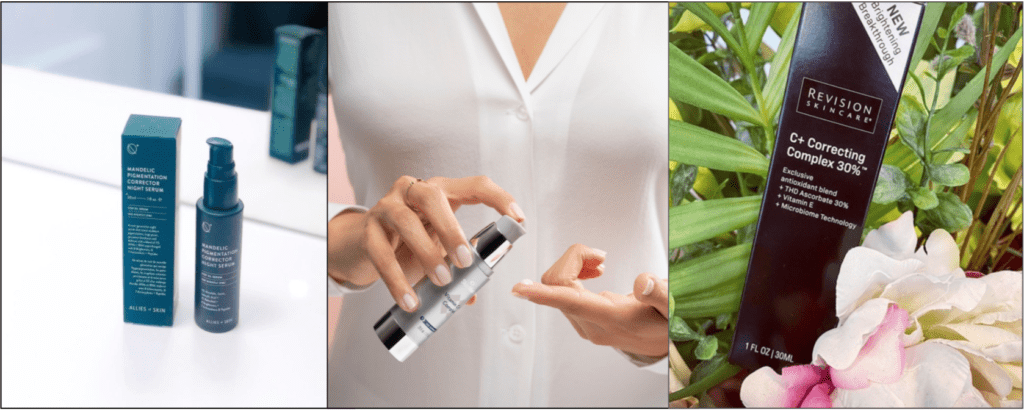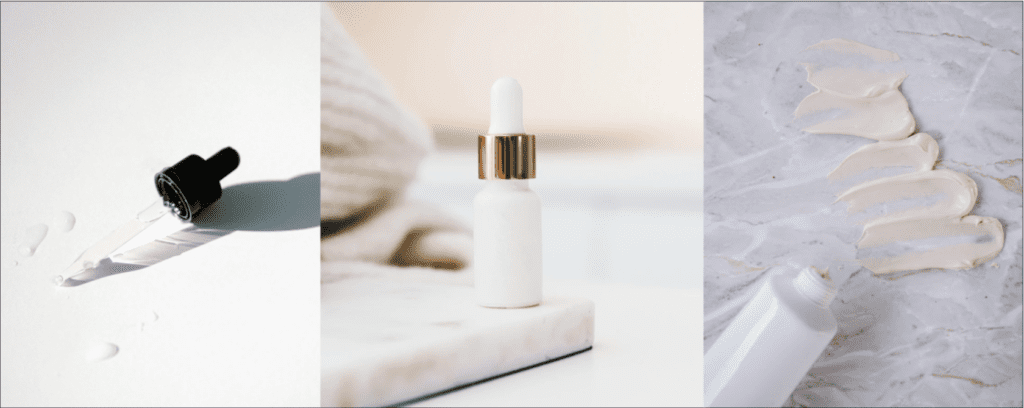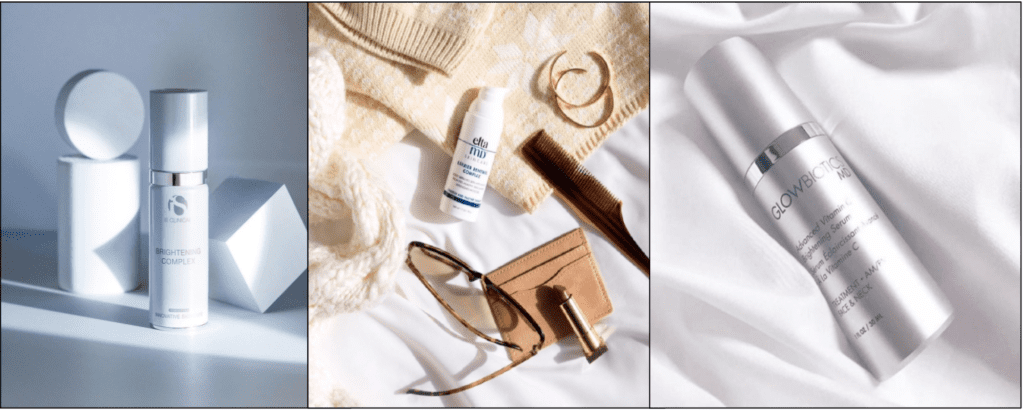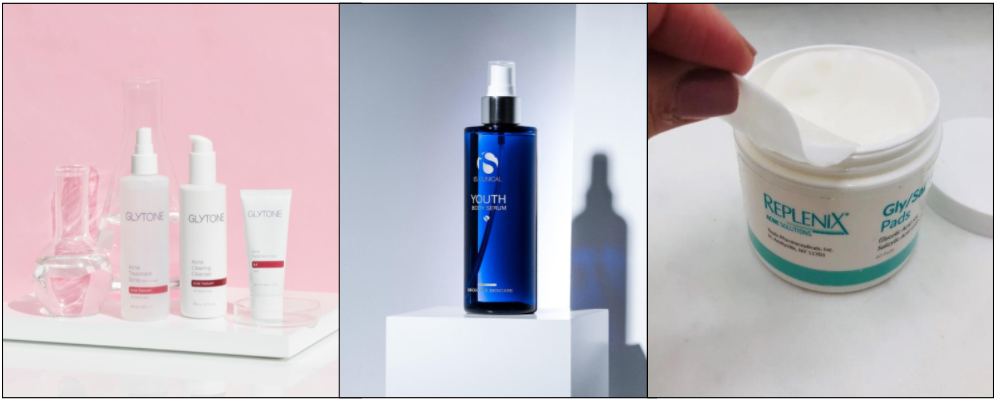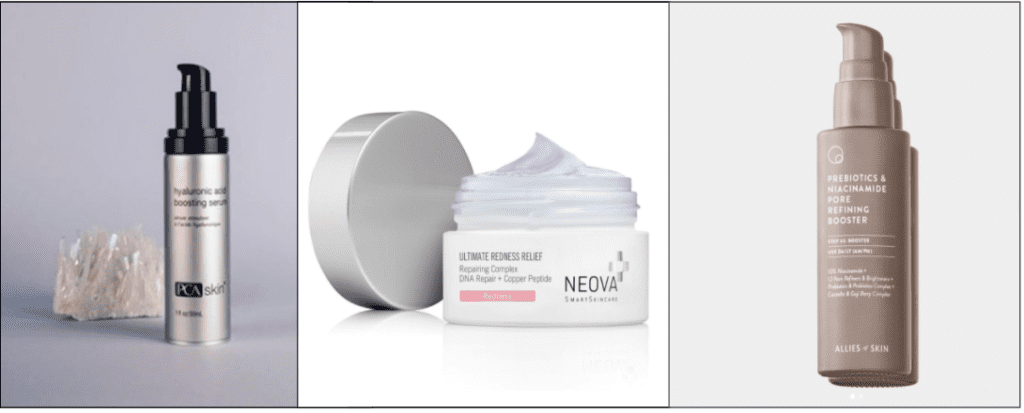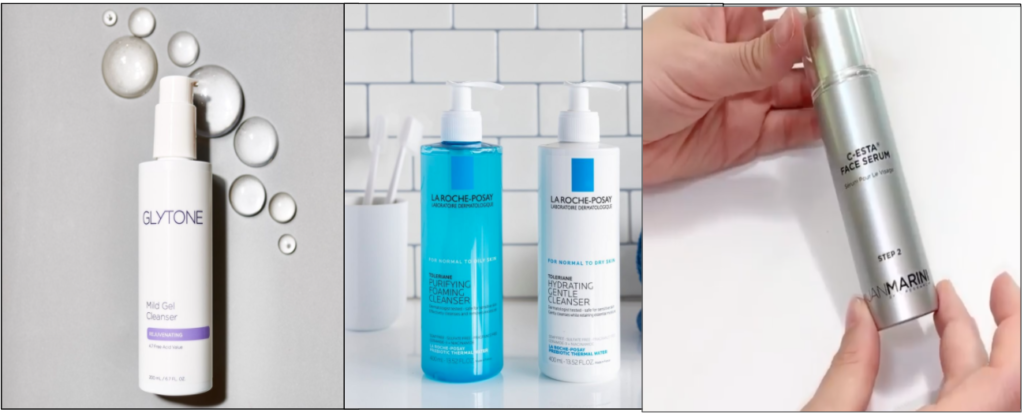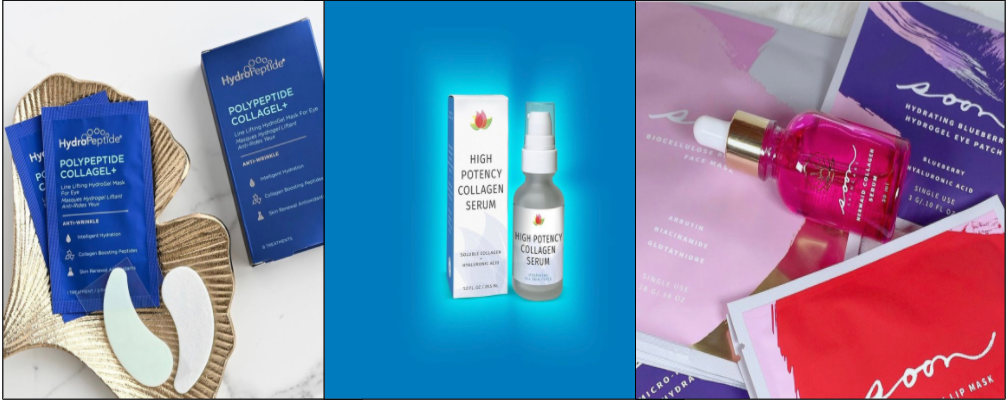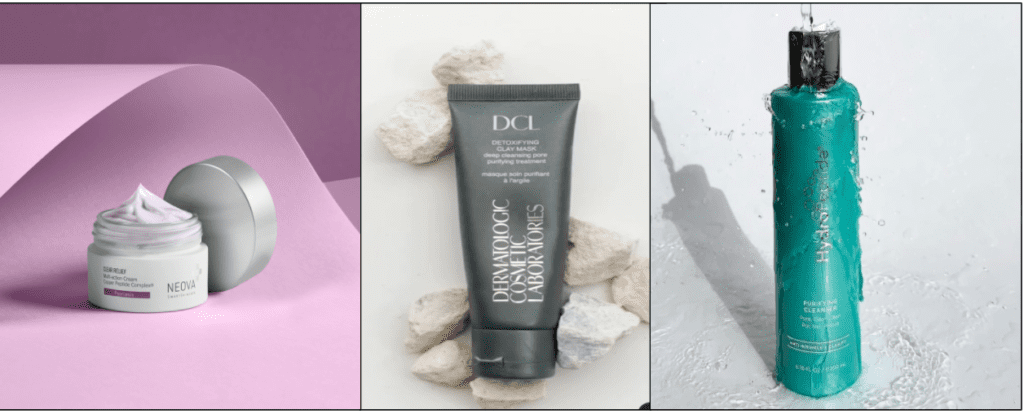It can feel like no matter how hard you try, you’re always facing some kind of concern with your skin. Maybe your adult acne finally clears up, but you’re left with hyperpigmentation. Maybe you finally soothe your chronic rosacea, just for signs of aging to start appear. Maybe nothing is wrong with your skin, except you feel like your pores are enlarged and your skin texture is off. Luckily, when it comes to all of these issues, there are things you can do. Today, however, we’re going to focus on the last one: enlarged or clogged pores and texture.
So, what exactly does it mean to have textured skin or enlarged pores? Everybody has pores on their skin. Pores are small openings all over the skin that release oils and sweat to help cool your body down and allow it to complete its natural processes. Pores are also connected to your hair follicles. Often, people struggle with wanting their pores to shrink and appear as if they’re non-existent on the skin. However, many people do not realize that pores can’t actually “open” and “close” like you may have heard. What can cause pores to appear enlarged. When your pores are clogged or congested with oil, dead skin and dirt, your pores may appear larger or may develop pimples and blackheads. Sometimes they can be cause by good old-fashioned genetics. Luckily, there are ingredients that can help. However, you can’t force them to shrink permanently. You can, however, help minimize their appearance. When it comes to texture, this term refers to your skin’s surface condition. What many consider a “good” texture is the surface of the skin feeling soft, smooth and balanced. Uneven texture can feel coarse, dry, rough and overall unbalanced. Sometimes, this texture can be caused by conditions like rosacea, eczema or acne, but it can also be an effect of aging, sun damage or overly dry skin.
Now that you know what they are, how can you treat these concerns?
Like mentioned before, you cannot completely erase your pores. If you’re looking for products that help to unclog them and shrink them, here’s where you should start:
Lactic Acid: Lactic acid is an alpha-hydroxy acid, meaning that it is a skin exfoliant that works to renew your skin from the inside out. Alpha-hydroxy acids are similar to their counterpart, beta-hydroxy acids, but they do have a few differences. AHAs are water-soluble molecules, and they help to exfoliate the surface of your skin and allow new cells to come through. Lactic acid is a popular AHA commonly used for minimizing pores due to their ability to clear away dirt, oil and dead skin from the pore that may cause it to look enlarged. For a quick and easy way to add lactic acid and other chemical exfoliants to your routine, try the Jan Marini Multi-Acid Resurfacing Pads. These pads use four different exfoliants, including lactic acid, to break down pore-clogging ingredients to reveal smaller and less noticeable pores.
Salicylic Acid: Similar to lactic acid, salicylic acid is a chemical exfoliant. However, instead of an AHA, it’s a BHA (beta-hydroxy acid.) Instead of being water soluble, BHA molecules are oil-soluble, meaning that they can travel deeper into the pores to rid them of excess sebum. Salicylic acid is one of the most beloved ingredients on the skincare market, as it is known to be effective yet gentle at deep-cleaning the skin and allowing for cell turnover. Also a great treatment for acne, salicylic acid is found in serums, cleansers and moisturizers alike. iS Clinical’s Active Serum uses salicylic acid to renew your skin and leave your pores looking clean and shrunken.
Retinoids: Commonly referred to as retinol, this Vitamin A derivative is a powerhouse ingredient. You’ll usually hear it being used for anti-aging efforts, but retinoids are also effective in treating enlarged pores. It works to resurface the skin over time, revealing brand-new skin with minimized pores. The SkinMedica Retinol Complex 0.5 is great not only at reducing pore size, it helps to enhance skin tone, texture and overall radiance.
For skin that feels rough, coarse and textured, you’ll want to use the following ingredients to soothe your skin:
Glycolic Acid: Another member of the AHA family, glycolic acid is used for many different skin concerns. When it comes to textured skin, it helps to speed up cell turnover by dissolving the glue that holds dead skin cells together. It also helps to stimulate collagen, the protein that keeps your skin smooth and firm. As glycolic acid works to refresh dead cells, the overall texture of your skin will improve to feel softer and smoother. Neostrata’s Glycolic Renewal Serum has 10% glycolic acid along with skin-nourishing antioxidants to reveal improved skin texture.
Niacinamide: Also known as B3, niacinamide is a water-soluble vitamin that works with natural substances in your skin to visibly improve texture while keeping skin healthy and hydrated. Niacinamide is a great ingredient to have in daily products, like Elta MD’s AM Therapy Facial Moisturizer. With Niacinamide, hyaluronic acid and caffeine, this moisturizer is gentle yet effective in improving your skin’s texture.
The most important thing to remember when working to minimize pores and improve skin texture is to maintain consistency. These concerns often don’t go away overnight, but with a strong, consistent routine, you can see results. In addition, no matter what your skin is facing, sunscreen helps to avoid future issues- wear it often.

